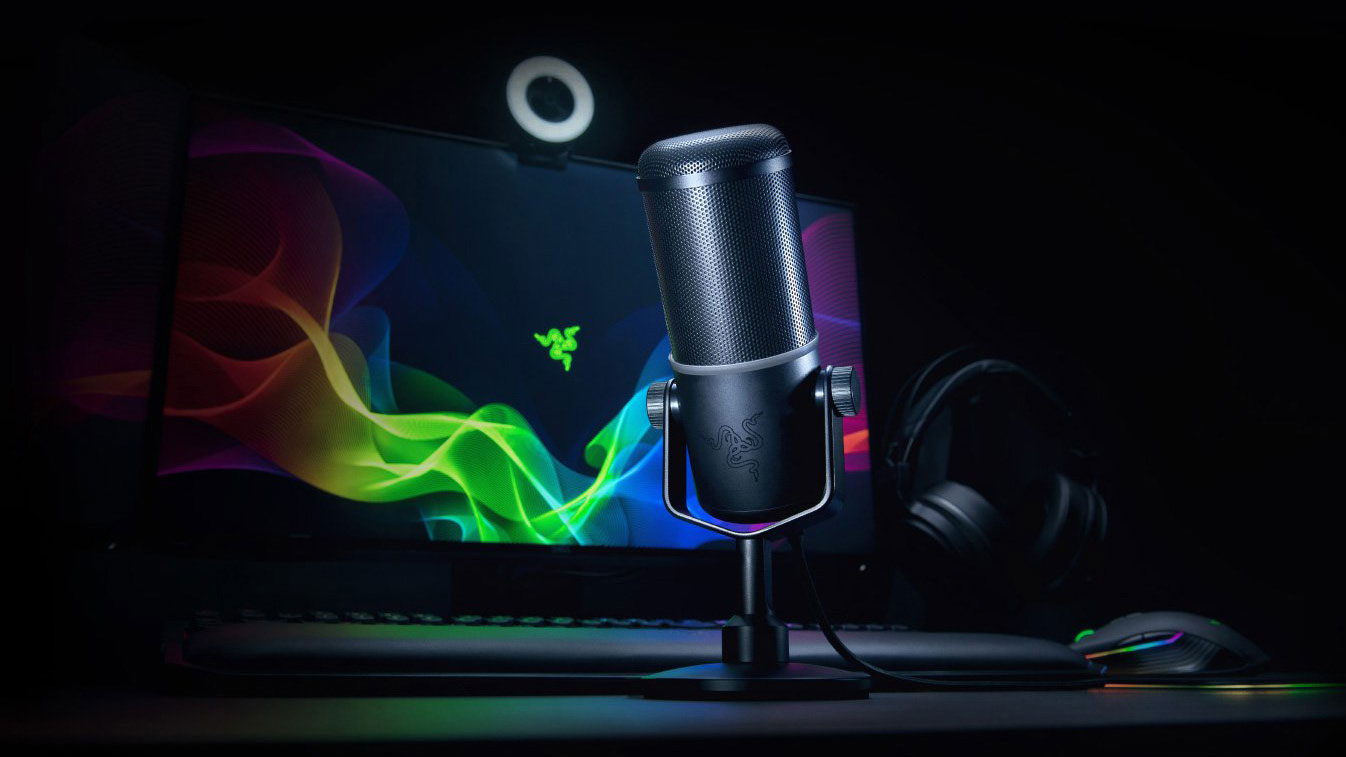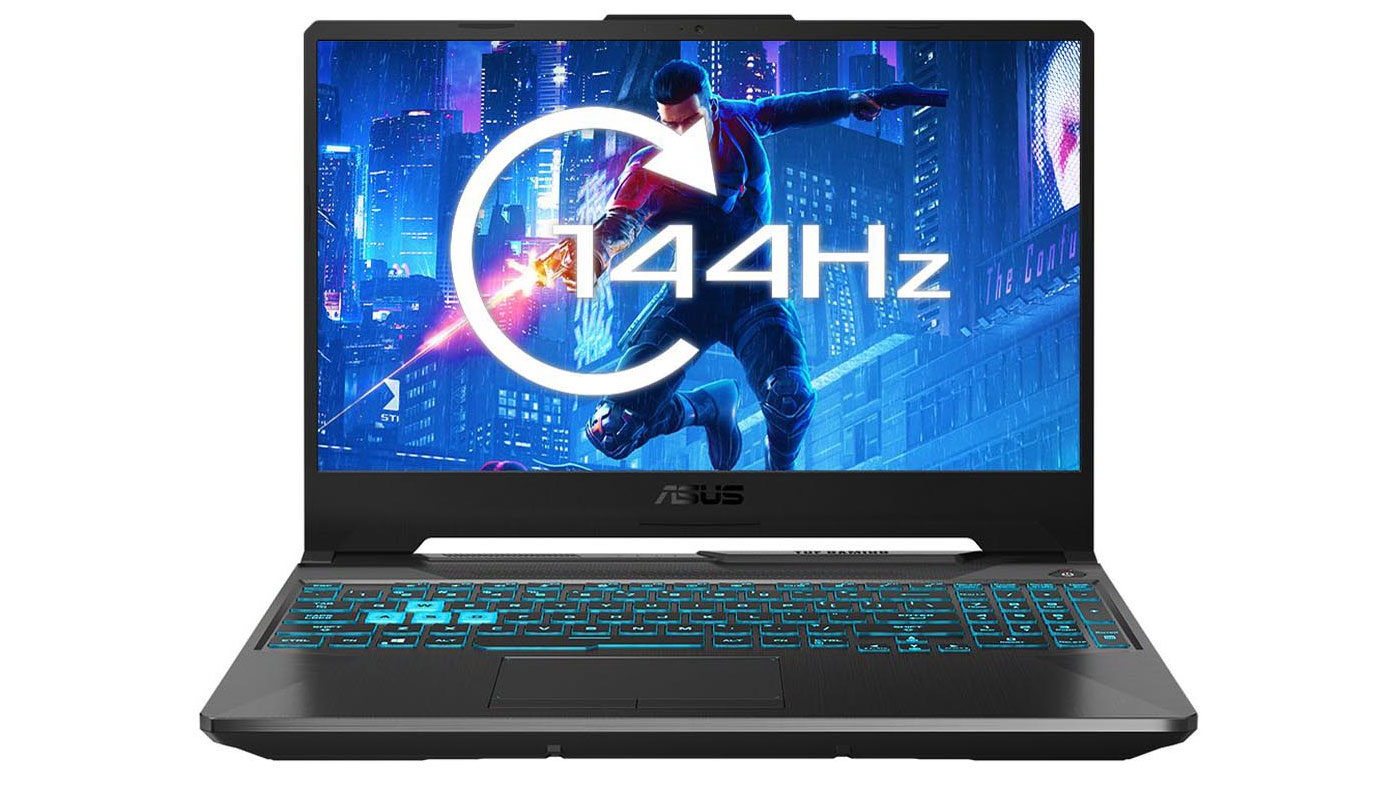How to live stream like a pro gamer
Got the live-streaming bug? This is what you need to do next…

Live streaming is one of the biggest growing areas of gaming at the moment and it's only going to get bigger. According to streaming stats company Arsenal.gg, over 1.4 billion hours of streaming a month is currently being watched on Twitch alone, while plucky upstart Facebook Gaming is seeing around 346 million hours of content being watched monthly.
Jaw-dropping numbers aside, live streaming is just plain fun. Well, it is if it all goes to plan. There is nothing worse than a stuttering stream, audio blackouts or a wooden host so it's best to equip yourself with the right knowledge and kit before embarking on your big streaming adventure.
Here we explain how to live stream like a pro gamer - looking at the tools and tricks they use to make sure that not only does their streaming go off without a hitch but there is an audience there to see it.
Equip yourself

We're not going to go into the specifics of what you need inside your gaming PC, because we've already got a mighty fine how to build a streaming PC guide. But it's worth looking at what the streaming services think about hardware, given they will be how you will be broadcasting to the world.
As a spec minimum, Twitch recommends an Asus TUF Blue A15 15.6-inch gaming laptop. If you want to beef up your spec, then it reckons you should be looking at Asus ROG STRIX G15 15.6-inch gaming laptop.
Both of these have hardy AMD Ryzen 7 processors, graphics cards from Nvidia and screens with decent refresh rates - 144Hz and 240Hz respectively.
Another service, Mixer (which is Microsoft owned and now closing), recommends the following: a PC with a GPU that supports Shader Model 5 & OpenGL 4.1 or above (Radeon RX 580 or Nvidia GeForce 1080), with 8GB of VRAM, at least 16GB of available RAM and 10GB of local space.
Sign up for breaking news, reviews, opinion, top tech deals, and more.
If you are looking to stream on a console, then don't panic: Sony and Microsoft have worked hard to add live streaming functionality to the PS5, Xbox Series X and Series S. The PS5, in particular, has a dedicated Create button that allows you to stream to Twitch.
Get yourself seen

Having a decent webcam and lighting rig will really help you in your live streaming. If you have a gaming laptop, then it's likely that you can use your built-in webcam but if you are using a PC then a standalone webcam will be needed.
The Logitech StreamCam is currently top of our best webcams list but it might be worth thinking about our third-place entry which is the Razer Kiyo. This webcam comes with its own ring light so ticks the lighting rig box, too.
Being seen also means having a decent internet connection. If you don't currently have a connection that's around 30Mbps, then it may be worth investing in some fibre.
You also have to choose your channel. Twitch is by far the most popular, but Facebook Gaming is gaining clout, especially recently as Microsoft decided to pull the plug on its streaming service Mixer and focus more on Facebook Gaming. YouTube is also a place for live streaming - in 2018 it shut down its dedicated YouTube gaming service to push live streamers into the main YouTube experience.
It's also worth considering what live capture software you want to use. While Twitch has its own dedicated software, called Twitch Studio, it's currently Beta only. Open Broadcasting Software (OBS Studio) and XSplit are two of the most popular - both are free, but XSplit has a subscription fee if you want to use many of its key features.
Get yourself heard

A decent gaming headset and mic are key here as for much of your streaming, it's your reactions and what you say while gaming that people will want to hear, so don't muffle your musings.
The Razer Seiren Elite is currently top of our best USB microphones list and our best gaming headset right now is the Razer BlackShark V2 Pro.
If you are streaming on the PS5, then the good news is that players can use the DualSense controller mic for broadcast audio. You'll need to purchase the PlayStation 5 HD Camera to be seen, though, but this is one of the easiest ways to get your foot into the streaming door.
Get yourself noticed

This may sound obvious but when you are thinking of setting up a livestream, the most important thing is you. Your personality has to shine through and this is what you need to build your audience around. And that is key to live streaming, making sure that you are building an audience, as well as channel growth.
You need to ask yourself: what type of live streamer do you want to be? Are you a master of the FPS and want to show off your skills? Are you an old-school gamer and want to go through all the Konami classics of yore? Being consistent with your channel means you have a USP and something to be known for.
If you want to learn from a master, then Ninja has a Udemy course on how he got started and what you need to do to grow your channel.
- Best cheap webcams 2020: get yourself seen
Marc Chacksfield is the Editor In Chief, Shortlist.com at DC Thomson. He started out life as a movie writer for numerous (now defunct) magazines and soon found himself online - editing a gaggle of gadget sites, including TechRadar, Digital Camera World and Tom's Guide UK. At Shortlist you'll find him mostly writing about movies and tech, so no change there then.
